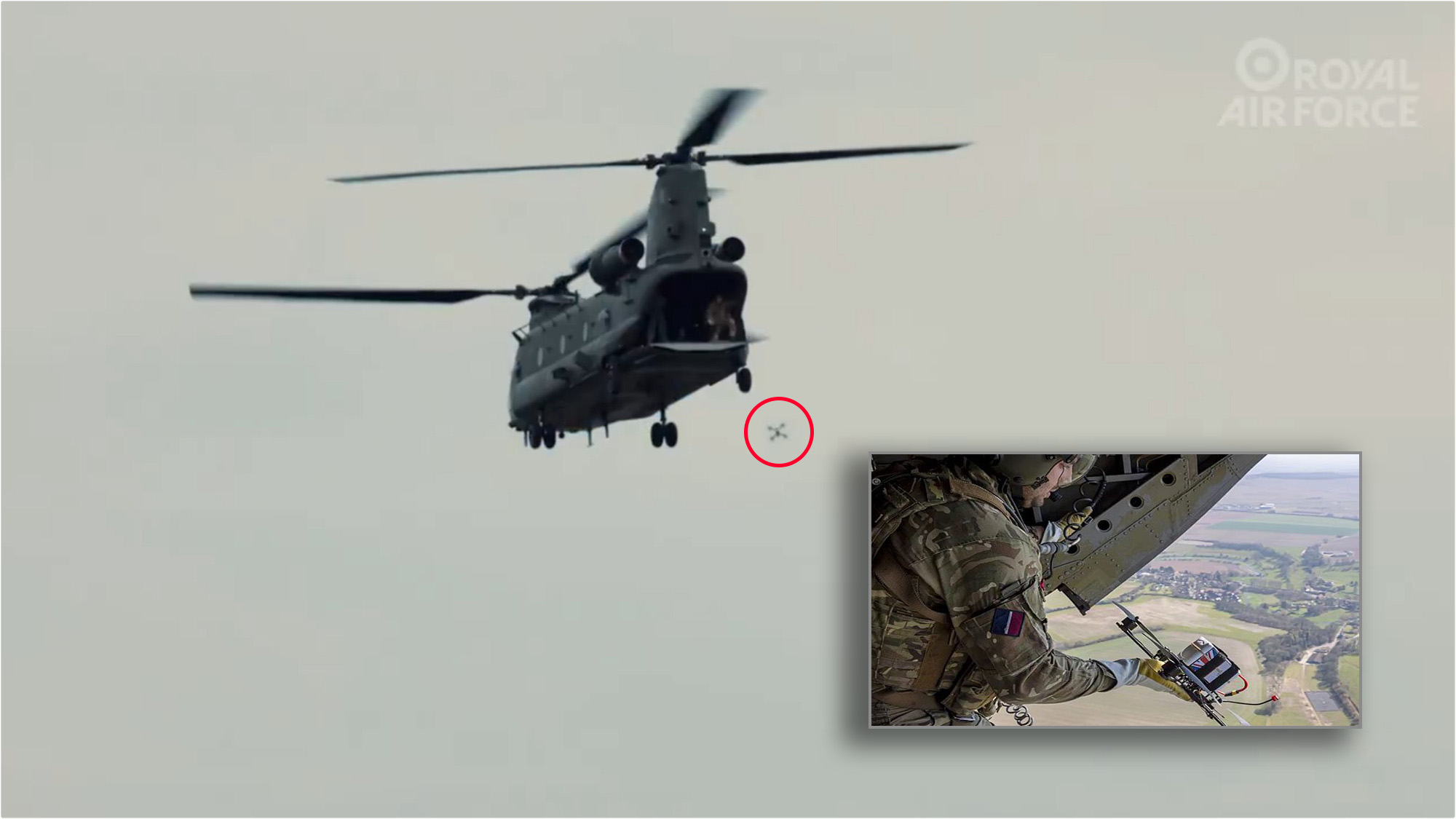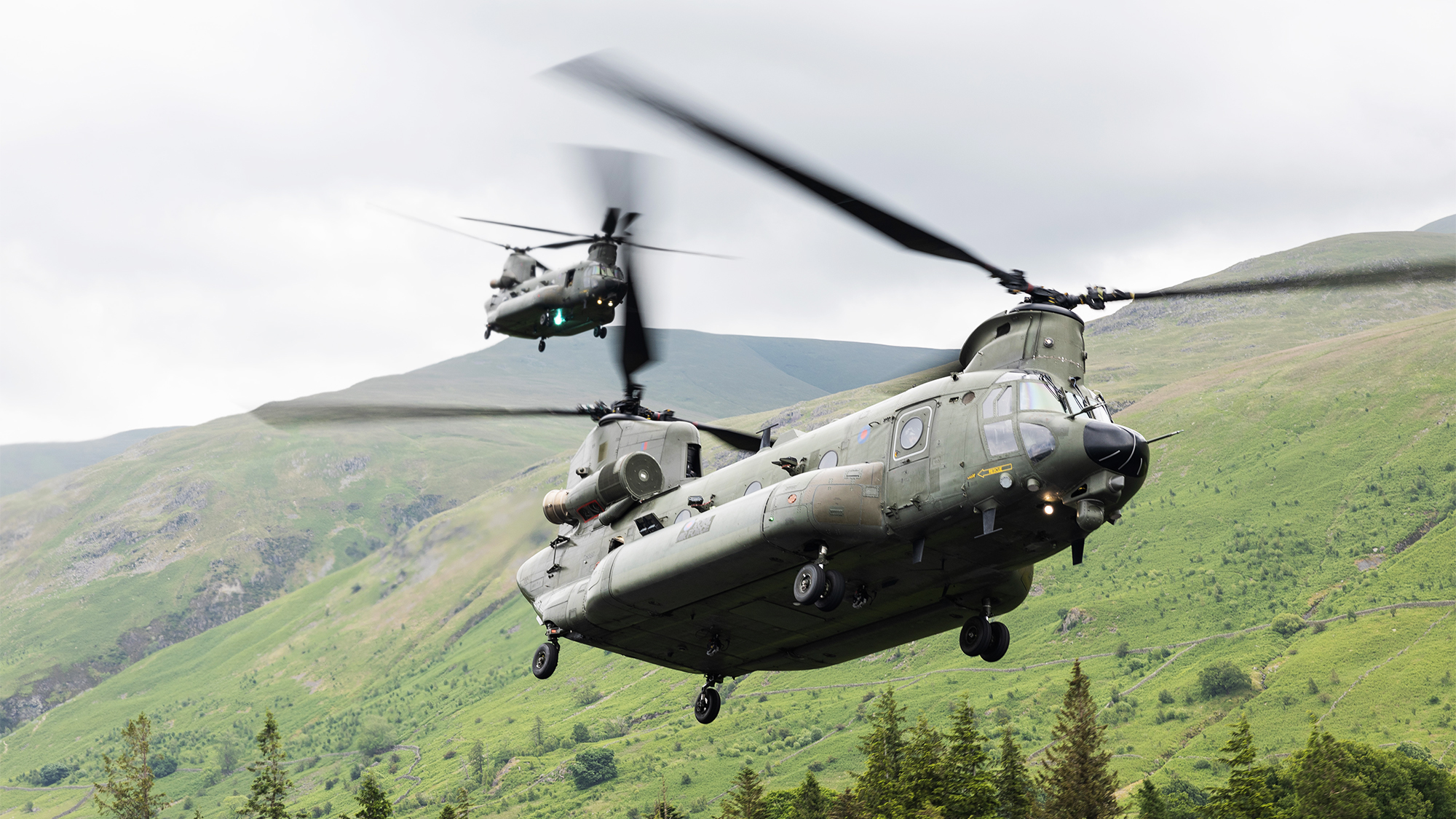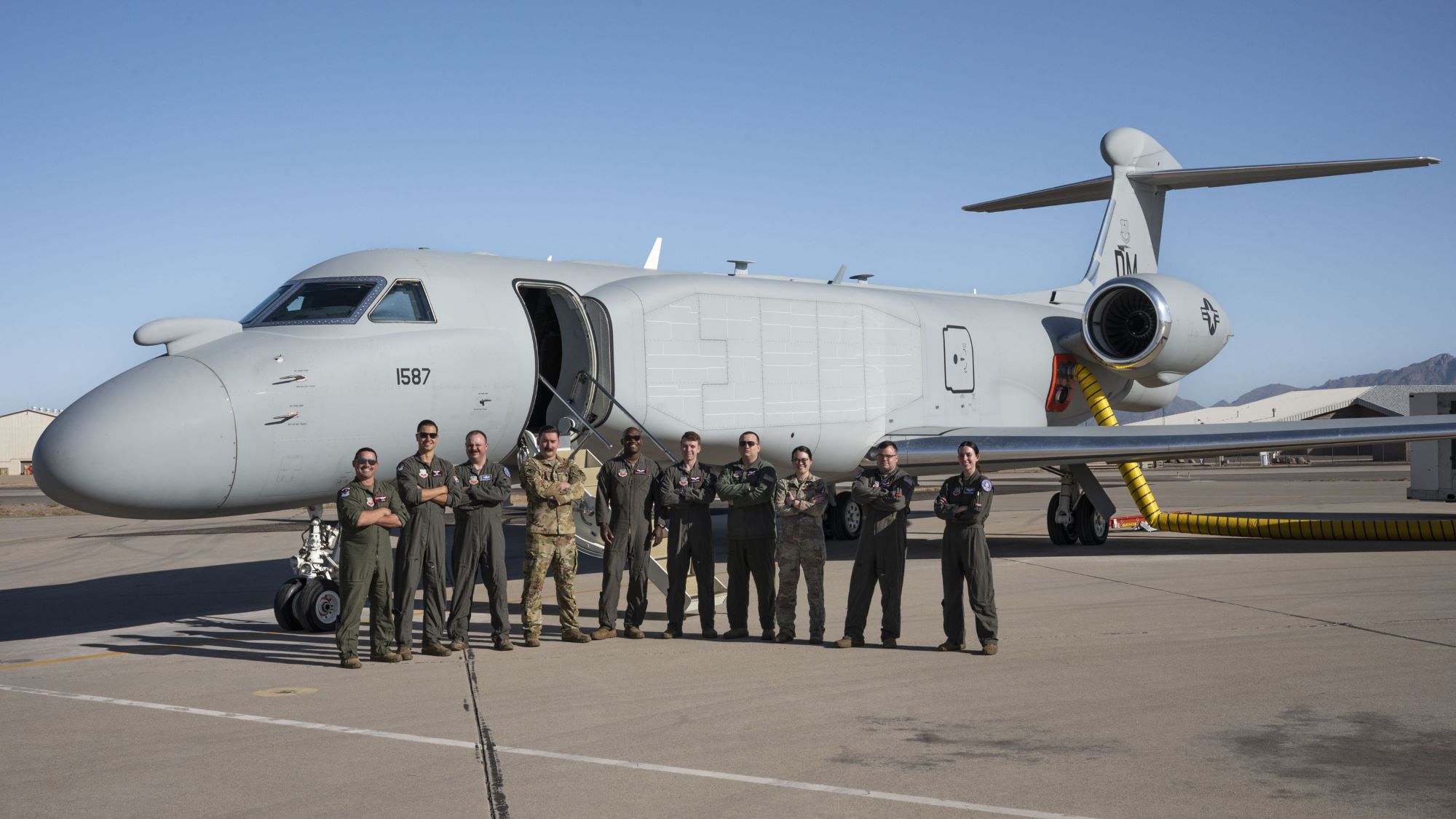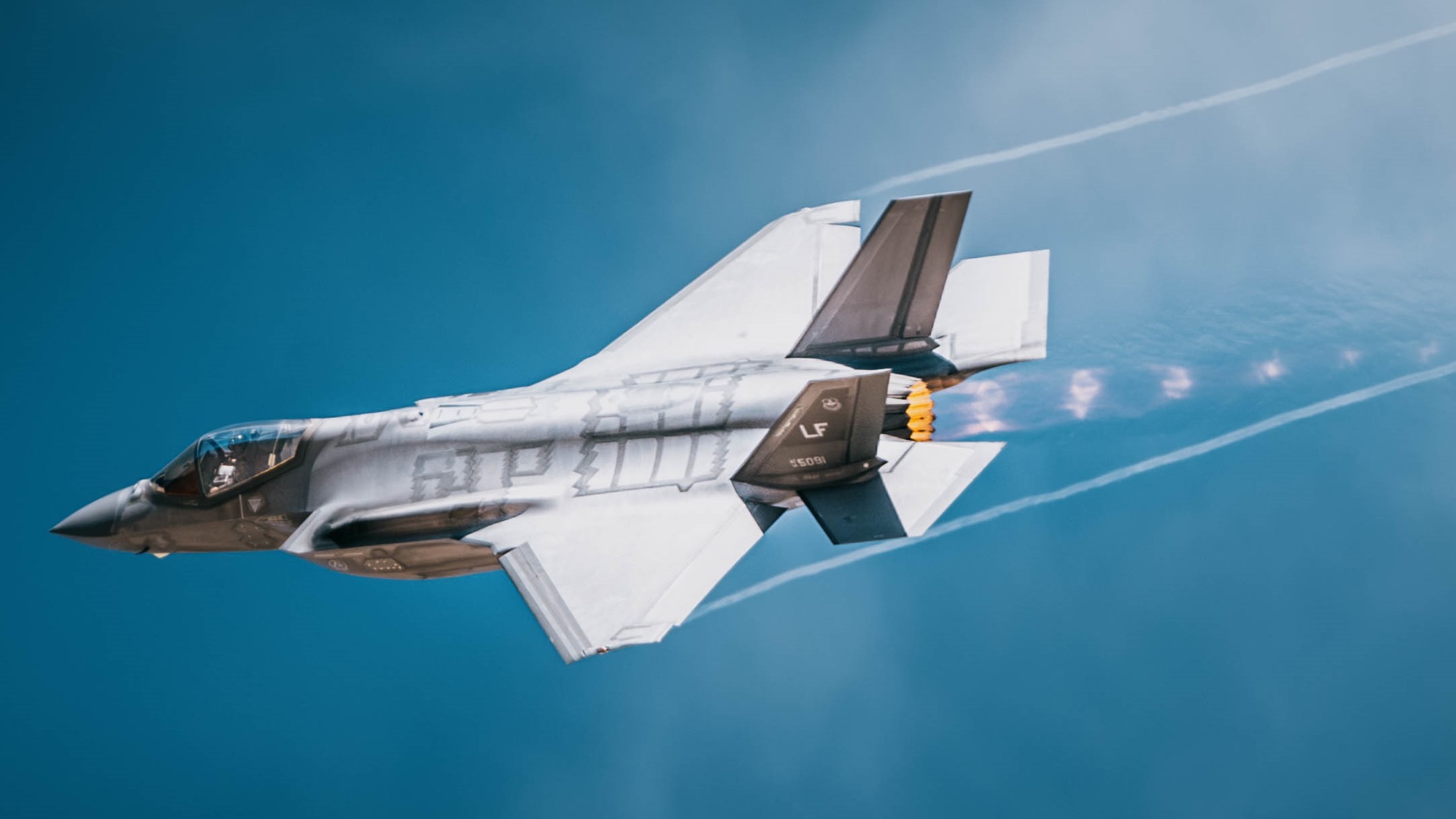How will the Army train the next generation of helicopter pilots?
[Sponsored] The Army is looking for improved pilot training in its innovative Flight School Next initiative. The Navy advanced its rotary wing training with the TH-73, which may provide a proven roadmap.


Over the last three years of Navy and Marine Corps flight training using the TH-73A, the helicopter has accumulated more than 75,000 flight hours and demonstrated capabilities suited for the Army’s needs. (Leonardo photo)
The U.S. Army wants to transform its flight training model under Flight School Next to better prepare future pilots for modern combat aircraft that range from the Black Hawk, Chinook, and Apache to the Future Long Range Assault Aircraft tiltrotor.
As the incumbent provider of the Leonardo Philadelphia-built Navy TH-73A training helicopter, based on the AW119 commercial helicopter, the company is well-positioned to support the Army’s requirements. Over the last three years of Navy flight training using the TH-73A, the helicopter has accumulated more than 75,000 flight hours and demonstrated capabilities well-suited for the Army’s needs, including advanced avionics, single-engine costs, and the ability to degrade the flight systems to focus on basic stick-and-rudder skills.
Breaking Defense discussed how the TH-73 training platform can address the Army’s training requirements under Flight School Next and provide a seamless transition to the next generation of combat helicopters with John Broam, Director of Army Programs, and Andrew Gappy, Vice President of Leonardo Helicopters USA, Inc.
Breaking Defense: What does the TH-73 offer the Army for Flight School Next?
John Broam: Military flight training is to make competent, safe, and effective professional pilots. This is very different from what you do in civilian flight school. The bottom line is that Army aviation is in the business of making combat pilots. Nothing against amateur, private pilots with a license, but we’re making professional combat pilots that handle the environment in which we place them.
Andrew Gappy: For military undergraduate flight training, the military accelerates training as much as possible because they take someone that may have never flown an aircraft before, and within 18-24 months they’re going to be flying as a qualified copilot in a combat aircraft. That is a far more challenging set of objectives that they must achieve in military flight training versus standard civilian flight training.
For this challenge, we offer the TH-73 next-generation training helicopter, which is both successful and proven by the Navy. I don’t see anyone else out there who can claim that at this point. The Army Flight School Next initiative wants a new training system that improves undergraduate training quality, while cutting the overall annual cost.
Broam: Three years of operational testing has been conducted by the Navy at Naval Air Station Whiting Field totaling 75,000 flight hours – 14,000 of them under IFR conditions, along with 350,000 landings and 7,000 auto rotations to the ground. There’s nobody else that’s done this training that has that proof of concept. That’s proven durability and the ability to do the whole span of necessary training, full-spectrum rotary-wing training

Undergraduate is the only time pilots not only learn to deal with ‘what ifs’, but also gain a level of confidence by practicing them, like touchdown autos, for example. (Leonardo photo)
Pilots have been training in helicopters for decades. How does the TH-73 enable a smoother transition from training to operational aircraft?
Gappy: The objectives of undergraduate training are vital for the rest of a pilot’s career because it’s the only time a pilot will specifically focus on essential pilot survival skills. What do you do when you have an engine failure? What do you do when you have a tail-rotor failure? What do you do in IMC conditions? You need to be able to manage a lot of ‘what-if’s’ as a helicopter pilot. Undergraduate training is the critical time a pilot learns to deal with those ‘what-ifs’, and build a high level of confidence by practicing them over and over, like touchdown autos, for example. Once students leave undergraduate training, they won’t do another practice full touchdown autorotation outside of a simulator.
When you get wings on your chest in the Navy and Marine Corps, you are a qualified basic helicopter pilot. You haven’t transitioned to a combat aircraft yet, but you have developed all the necessary skills, including flying in actual instrument conditions, of a professional military helicopter pilot.
In the TH-73, you can intentionally degrade Automatic Flight Control System (AFCS) and hand-fly the helicopter, which is great, especially in the early phases of undergraduate flight training. Instructors can simplify the helicopter with a few button pushes when they have early phase students so they can start to develop that critical muscle memory in the cockpit. As students advance – and get into instrument training, NVG flying, and what the Army calls warrior skills training – they start to learn and use the more advanced capabilities of the TH-73 because they are going to see them again in every combat rotorcraft.
Another fundamental skill and key element of maturation of student military pilots is flying in actual IMC, instrument conditions when you’re in the clouds with no ground reference. You develop quite a bit of IFR skill in undergraduate-level training. You can imagine the Navy, Marine Corps, and Coast Guard focused heavily on it because they encounter Visual Meteorological Conditions, known as VMC, flying over water at night but still need to be 100 percent on instruments. A similar situation as what JFK Jr. encountered the night of his accident, because you can’t see anything and it’s easy to get disoriented without solid IFR flight skills.
Unfortunately, there have been a lot of fatal accidents because military helicopter pilots were not comfortable flying in IMC conditions when they encountered them.
Broam: Also unique, the TH-73 is an FAA IFR-certified helicopter. It has no restrictions. It’s not just an IFR ‘variant’, it’s not just IFR ‘capable’, it’s IFR certified by the FAA and there’s no modification of IFR training requirements necessary. The fact is you need a training helicopter that can help you build your IFR skills in actual IMC. It’s important to take students out and put them in the clouds. You can do it in a simulator, and while that’s great as a complimentary tool, it’s not the same experience as flying in actual IMC.
The TH-73 has a redundant pitot-static system, redundant cockpit displays, redundant hydraulic flight controls, and a redundant electrical system. Those things all make up the capability to be IFR certified by the FAA. With our peer competitors, a lot of those capabilities are just not there.
Earlier I talked about 7,000 auto rotations to the ground. There are some training helicopters that cannot handle the daily punishment of undergraduate military flight training. We’ve proven that over the last three years with the Navy.
A unique feature of the TH-73 is the central student observer seat that is situated at the bottom of the pedestal, in the cabin between the two pilot seats, so another student can ‘observe’ what is happening in the cockpit before it’s their turn to fly. That allows for reinforcement of training for other students because they’re not under pressure and can see what the instructor is teaching the flying student. It’s extremely effective because they simply learn faster that way.












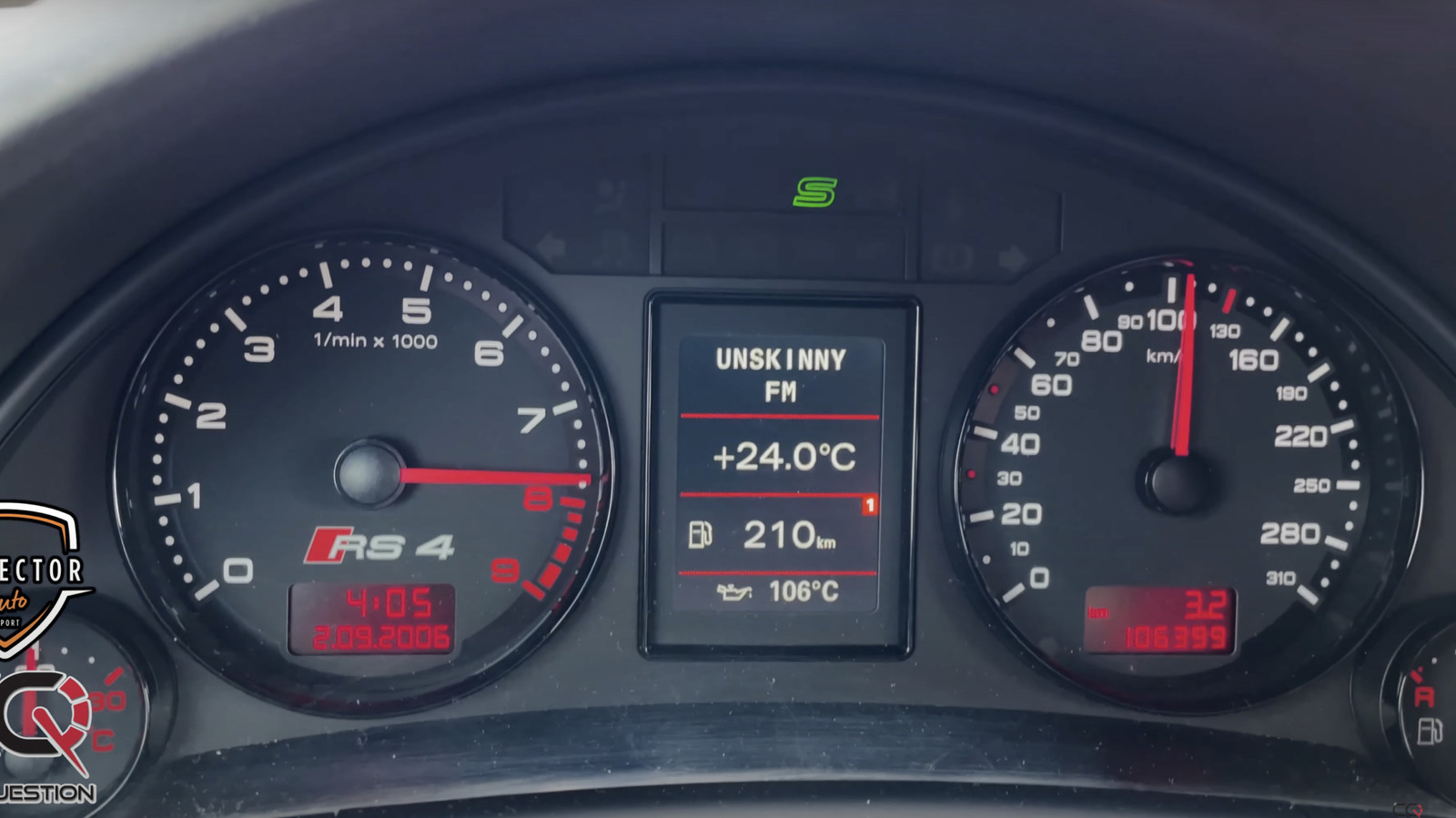

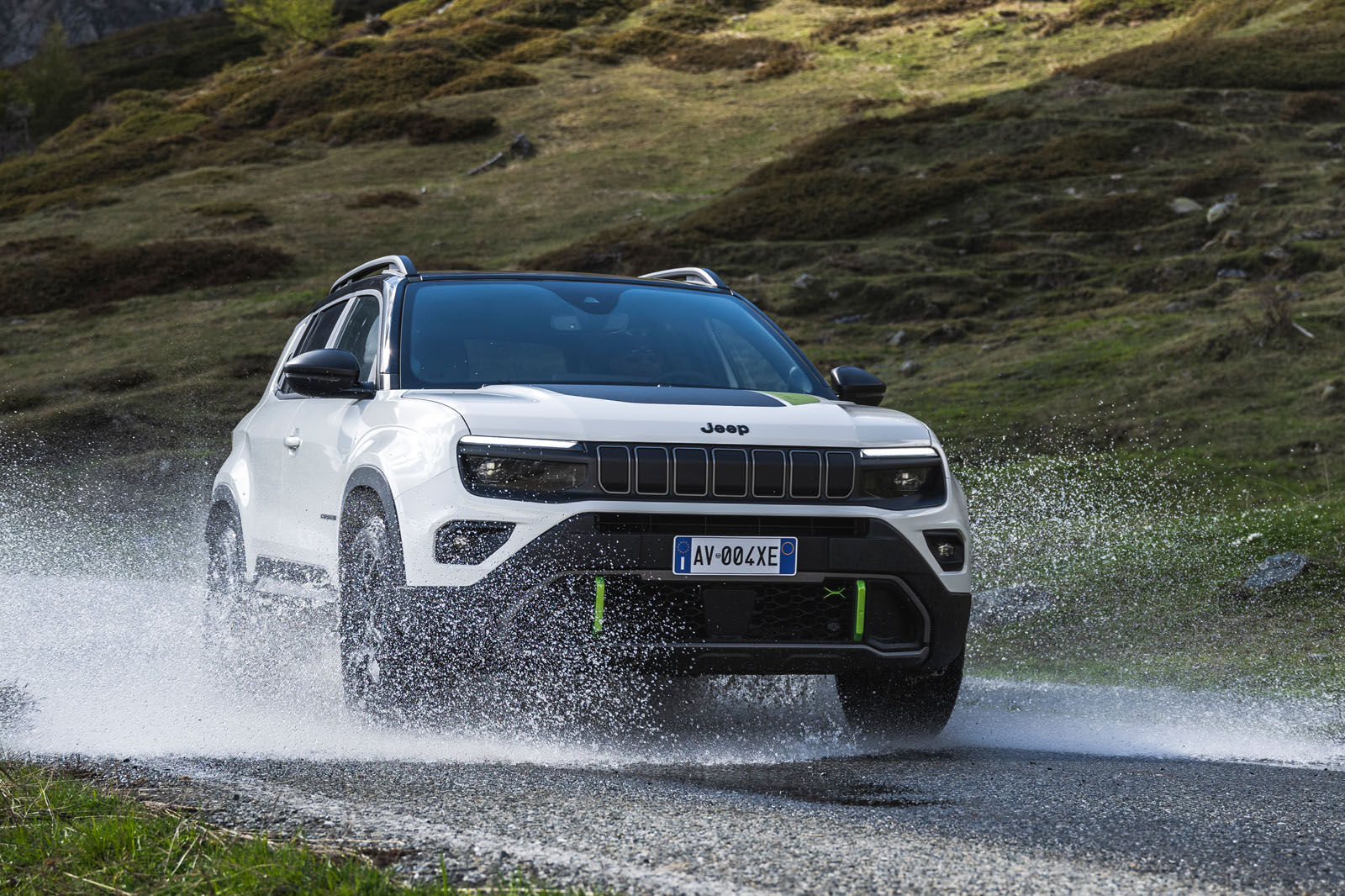
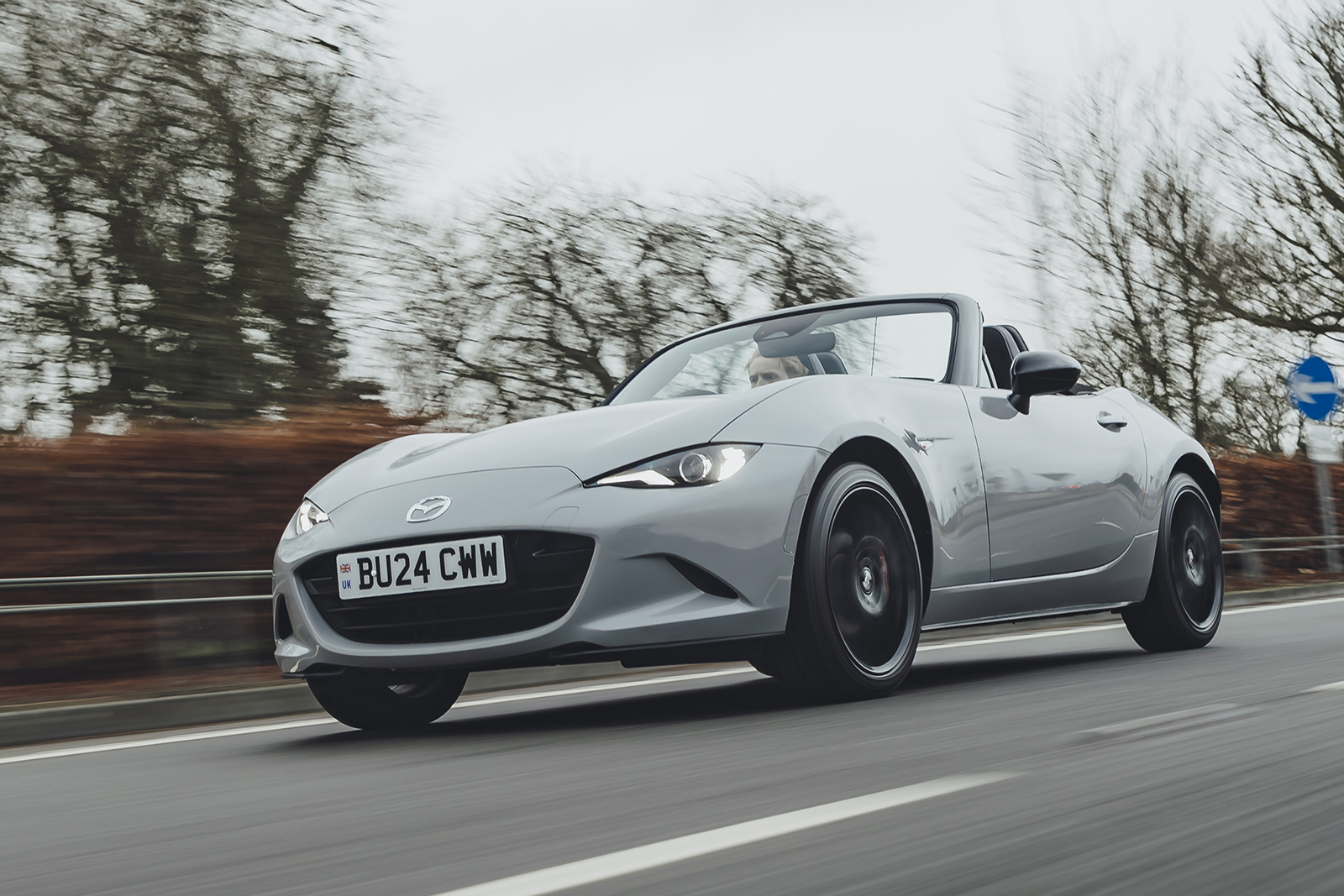









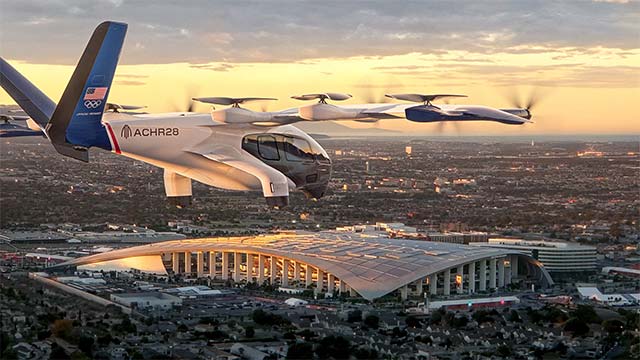

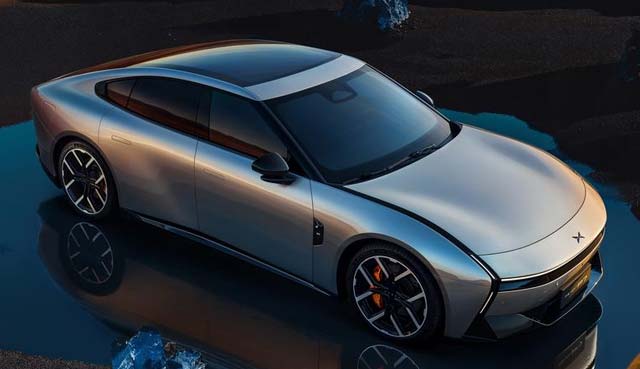
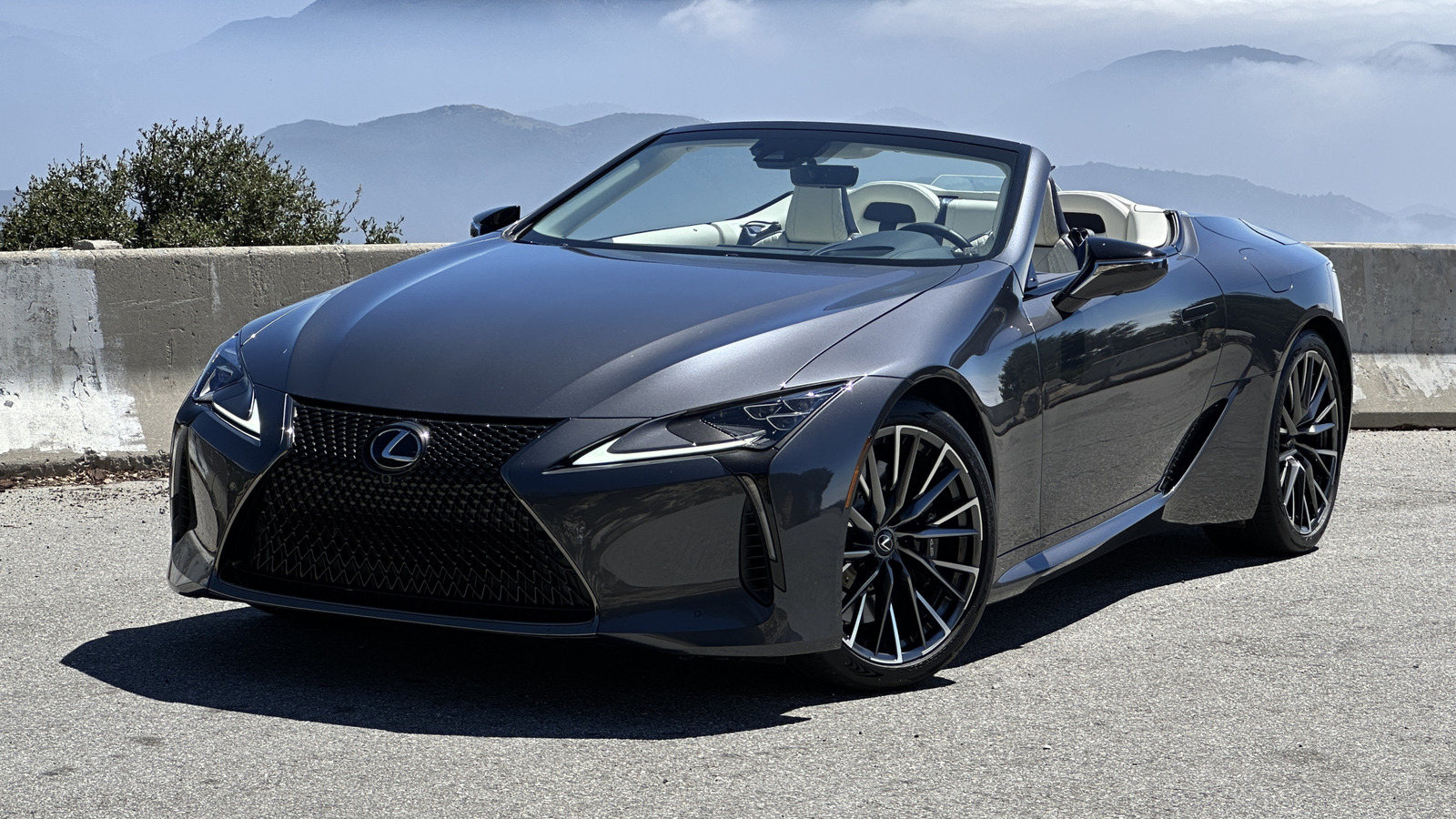







































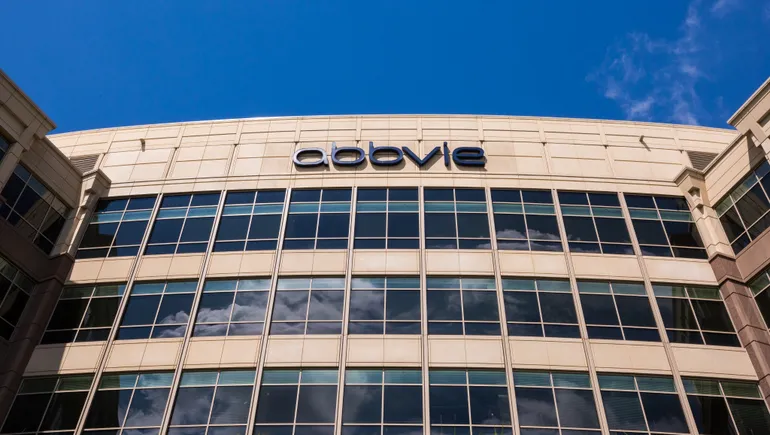

















![The F-35’s future: The world’s most advanced stealth fighter and what comes next [Video]](https://breakingdefense.com/wp-content/uploads/sites/3/2025/03/8477353.jpg?#)











